Cameras without zoom, distance keeping, no iPhones and smart watches - how the B-21 Raider nuclear bomber was unveiled
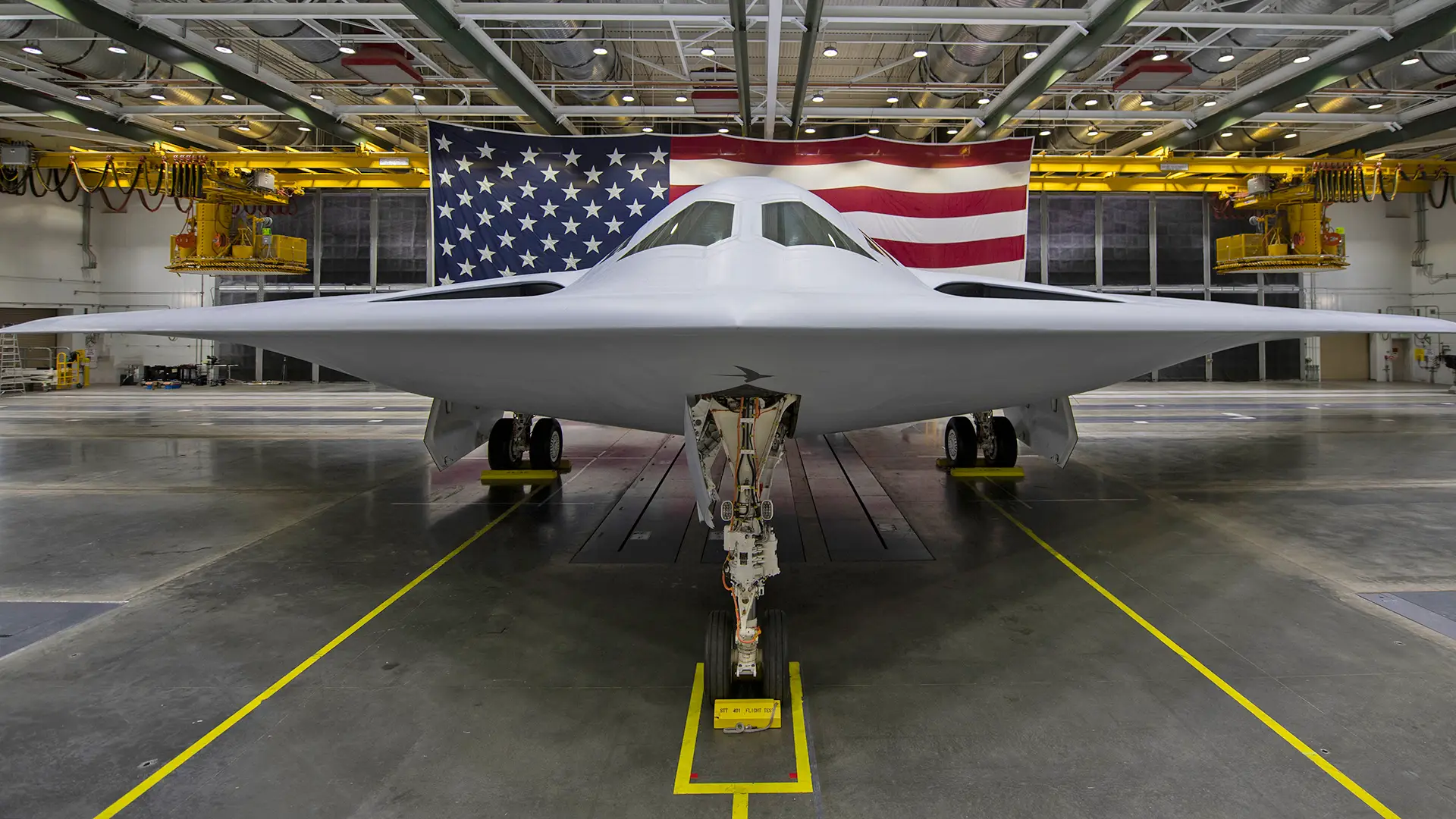
Last week, Northrop Grumman and the U.S. Department of Defense unveiled the Northrop Grumman unveiled the next-generation B-21 Raider nuclear bomber, which can withstand the most advanced air defense systems. At the presentation, special attention was paid to safety in order to keep key details of the aircraft secret.
Here's What We Know
The U.S. Air Force set serious security requirements for the ceremony. For weeks officials discussed how to protect the secrets of the plane from Chinese and Russian eyes.
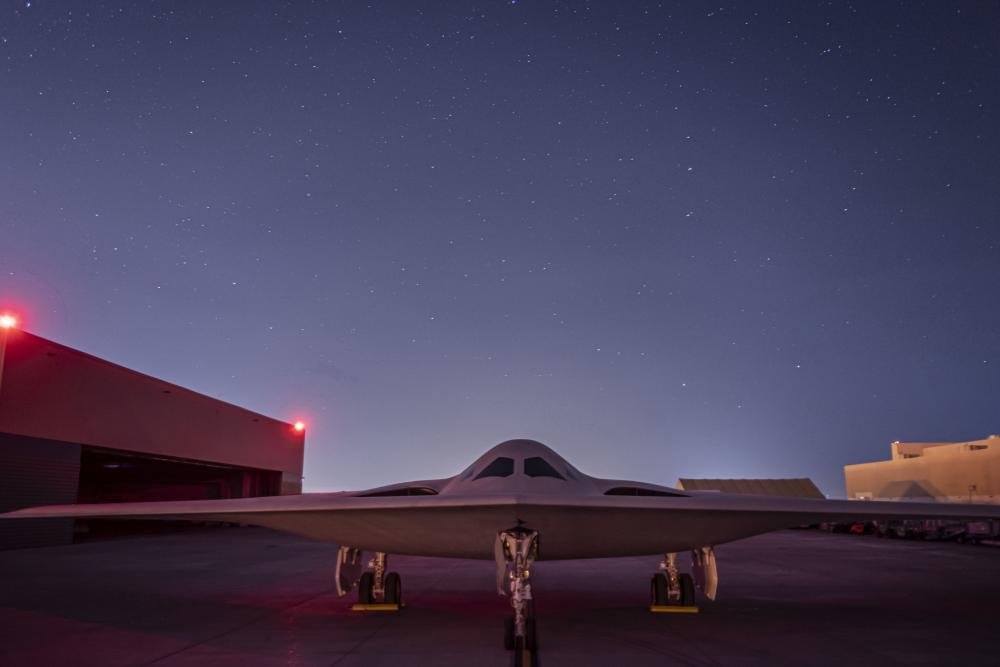
The presentation of the B-21 Raider took place at a top-secret facility where reporters are usually not allowed. Soldiers and agents of the U.S. Air Force Office of Special Investigations were in charge of security. All visitors went through turnstiles, and the perimeter was deployed barbed wire, so that uninvited guests did not get to the ceremony.
The event was quite different from the one held over 30 years ago, when the B-2 Spirit nuclear bomber was unveiled. In November 1988, the plane was rolled out of the hangar and shown from all sides except the top. But that omission was corrected by Aviation Week journalists, who rented a Cessna aircraft to get aerial photos.
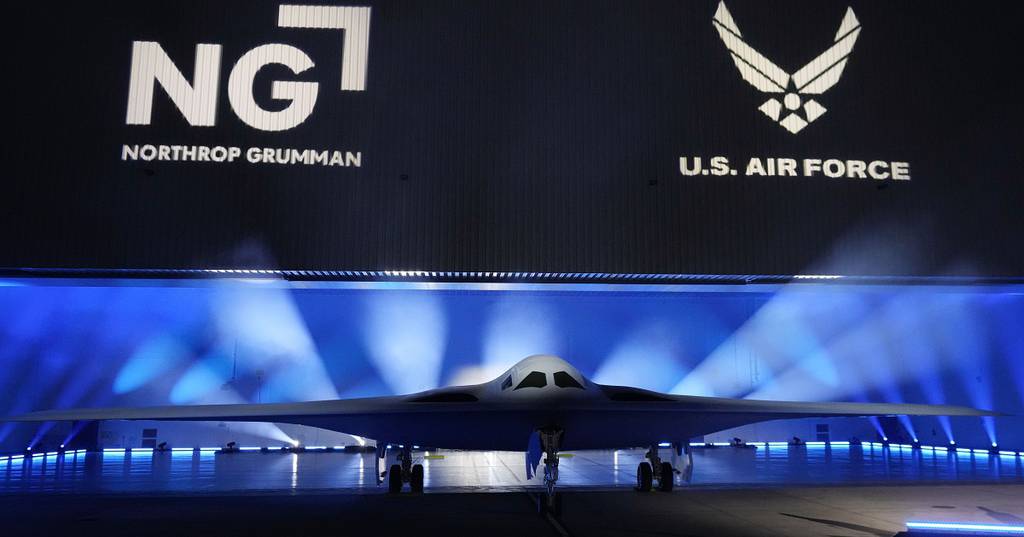
This year's presentation started when it was dusk and the visitors could see the B-21 Raider only after sunset. Moreover, the bomber was shrouded in artificial fog and did not leave the hangar completely.
The reporters positioned themselves 75 feet (23 meters) from the aircraft. Northrop Grumman security personnel even monitored how high the camera lenses were. If it was higher than allowed, then the command was given to lower the camera. If it was lower, it was raised. As a result, we only know what the Raider looks like from the front.
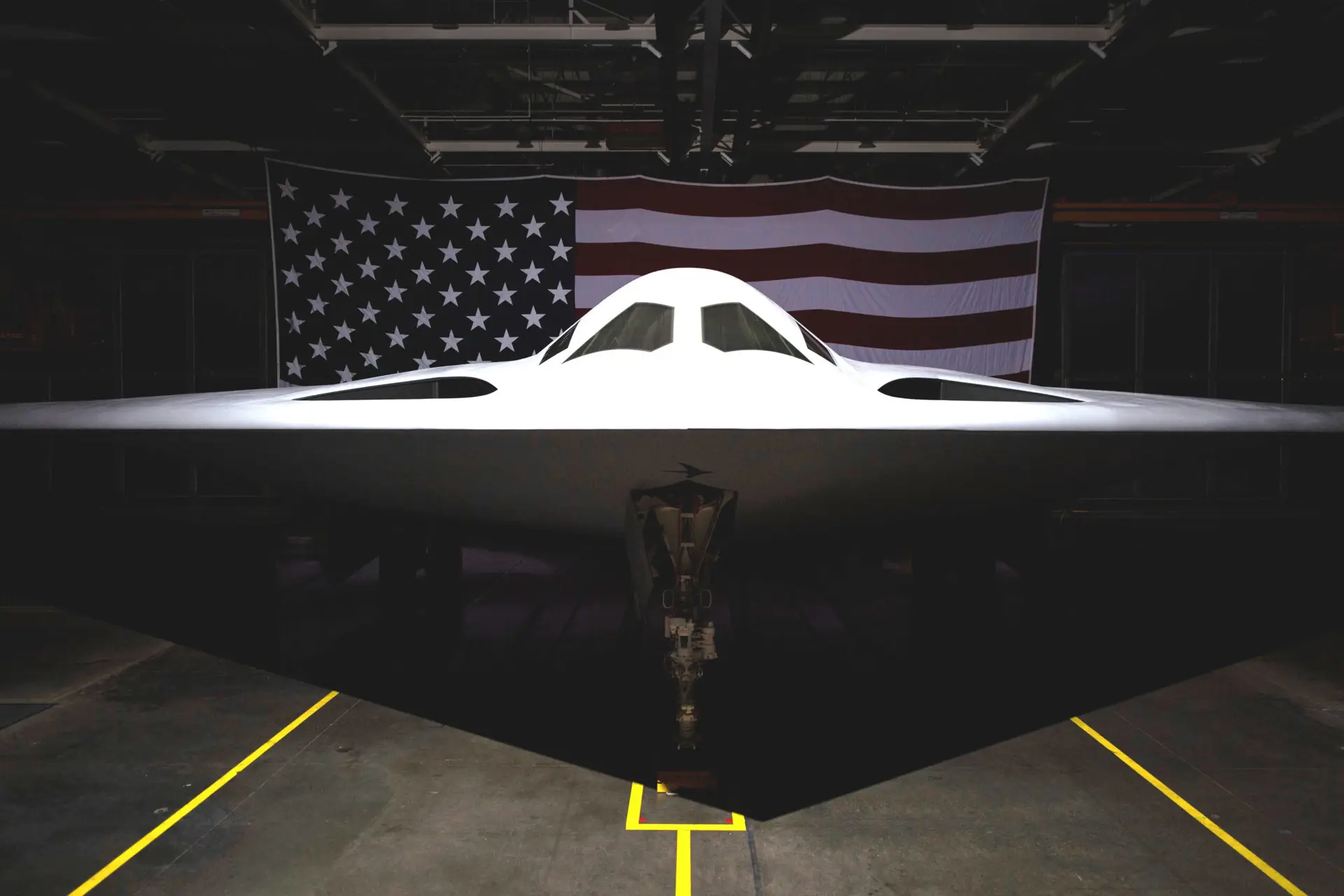
The organizers of the event significantly limited the list of equipment that could be taken into the hall where the bomber was located. Reporters were not allowed to bring smart watches, iPhones or other mobile devices that are equipped with high-resolution cameras and support data transfer. Northrop Grumman security collected the gadgets, packed them in Yondr cases and gave them back only after the event was over. Otherwise, it was impossible to get into the hangar to the plane.
The photojournalists were given a separate list of equipment requirements. One of the restrictions was on cameras. The journalists were only allowed to use 50 mm lenses, so as to eliminate the possibility of obtaining high quality pictures of the B-21 Raider through the optical zoom. Cameras were positioned at a height of 6 feet (1.83 meters) to ensure that no shots were taken of the "sensitive aspects" of the aircraft.
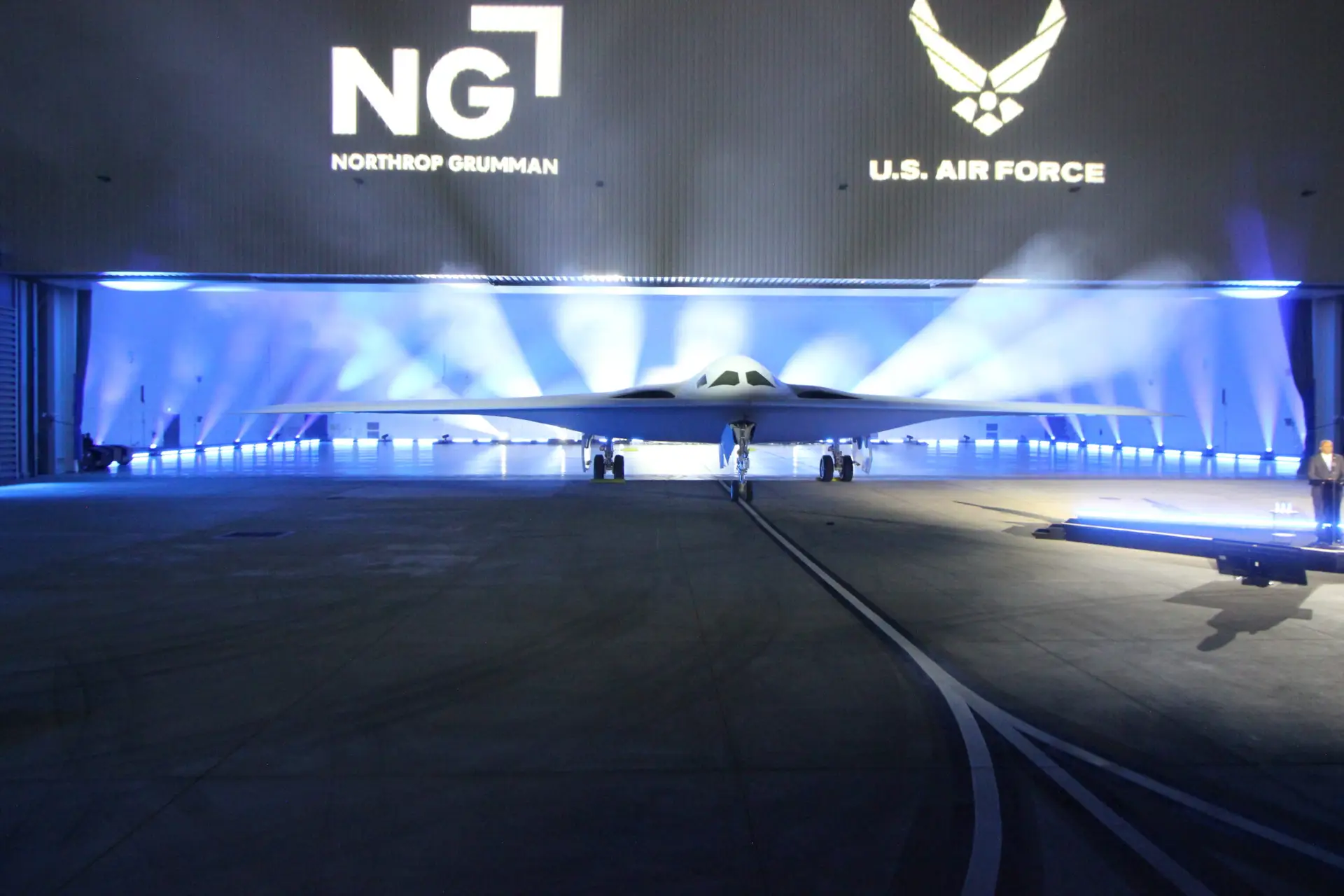
Toward the end of the ceremony, Northrop Grumman CEO Kathy Warden said that next time reporters will get a glimpse of the B-21 Raider will be when the plane is in the air. The first flight is scheduled for 2023. After that, the music played, the lights went out, and the next-generation nuclear bomber returned to its hangar.
Source: Defense News
Images: The Drive